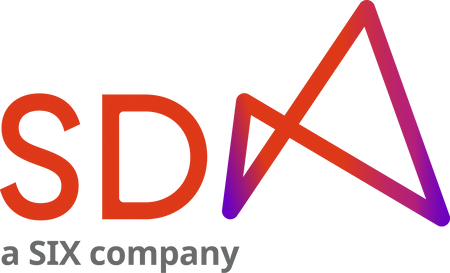What does this mean for SDX, and why is Switzerland a great place to build a financial market infrastructure (FMI) for digital assets?
What’s special about these two licenses is that, together, they enable us to provide the full FMI value chain of trading, settlement, and custody for digital assets, based on distributed ledger technology (DLT). That’s a unique value proposition in the space of regulated security tokens, compared to what we see worldwide.
From a legal and regulatory perspective, Switzerland is a great jurisdiction in which to build an FMI for digital assets. The regulator is endeavoring to develop the legislation and regulation to support a digital asset marketplace. For example, a new DLT law, which came into force in the middle of this year, provides greater regulatory and legal certainty around digital assets. The Swiss financial market is acting as a role model, and it will be interesting to see how other jurisdictions might follow this lead.
What else do we need for a successful digital asset marketplace, and how is SDX helping to develop this?
The ability for digital asset transactions to settle in central bank money is a core capability, because without it, mass adoption of digital assets – and the growth of our business model – is not possible. In this context, we’re engaging with the Swiss National Bank to explore the settlement of digital assets in central bank money through the introduction of a wholesale central bank digital currency (CBDC). Last year, we successfully concluded the first phase of Project Helvetia, which is experimenting with CBDC by leveraging the SDX platform. We have now entered phase two, which aims to broaden the scope to look at end-to-end integration and test execution of wholesale CBDC, with results expected to be published in early 2022.
What’s the transformative potential of DLT for financial markets, and what potential limiting factors are at play?
Over the past 20-30 years, the Internet has transformed the way that information is shared and accessed and facilitated the transfer of information across borders. I believe there are similar dynamics at play with DLT, but in terms of the transfer and storage of value. There is one major difference though, and that’s the nature of financial services as a highly regulated industry. There are ambitions to harmonize regulations in some areas, but nevertheless every country is always going to have its own motivations and legal system, and so we will always have specific local legal treatments. In my view, DLT – and digital assets – will streamline processes, enable the emergence of new business models, and facilitate greater cross-border business up to a point, but we are not going to see a move to a single global market in the near future.
How is SDX working with other organizations, ecosystem participants and regulatory bodies to help break down some of these barriers?
We are involved with many of the international standards setting organizations. In Switzerland, we’ve been able to work closely with legislators, the regulators and central bank, and jointly help them to learn about the technology, what it can do, and what it means. Knowledge-sharing and education is very important when building up a new ecosystem. We want to engage with our clients and other players in the financial industry to jointly develop the digital asset ecosystem. So far it is a model that is working well.
Any final words?
I’m very proud and excited about our achievements at SDX, in paving the way for the next generation financial market infrastructure. It’s an achievement not only for our parent company, SIX Group, but also for the Swiss financial market. But I’m also excited when I look forward to the future and all that is yet to come, as DLT becomes embedded in FMIs, and as the digital asset ecosystem evolves.

